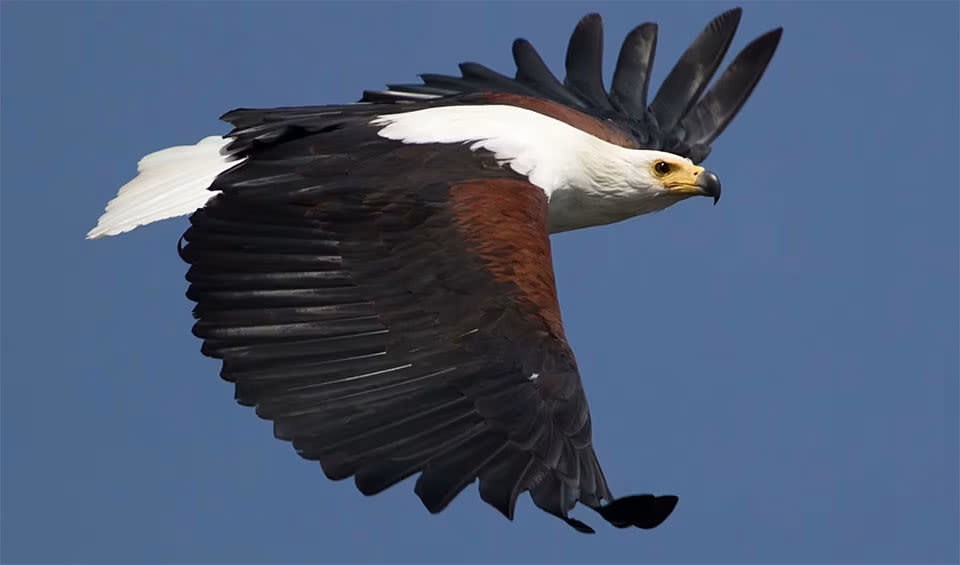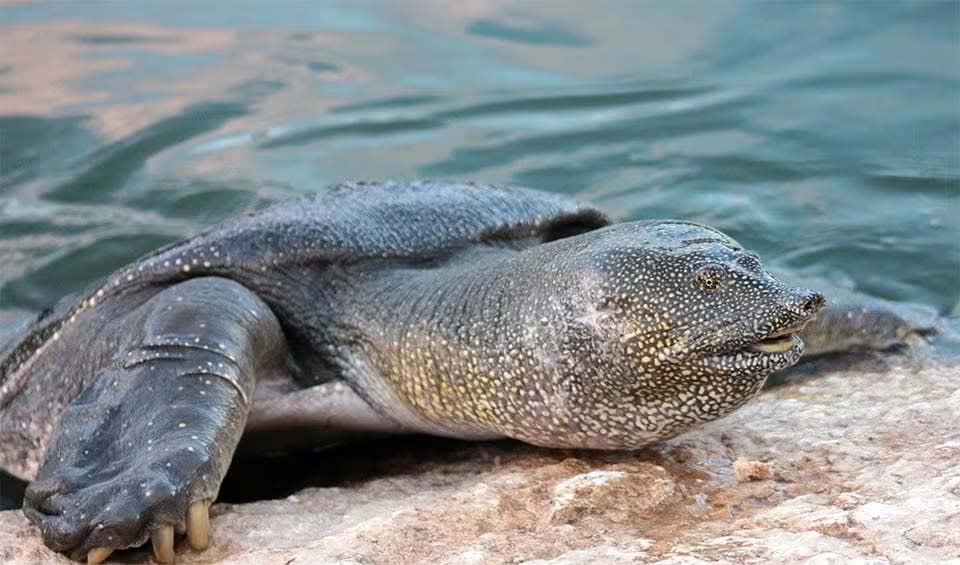Ethiopia is celebrated for its rich and distinctive biodiversity, featuring one of the most unique collections of fauna and flora on the African continent. The country houses two major centers of endemism: the lush Ethiopian Highlands, also known as the Roof of Africa, and the arid Horn of Africa. These regions, shaped by Ethiopia’s varied topography and geographic isolation, are recognized globally for their conservation value and are classified as part of the Eastern Afromontane and Horn of Africa biodiversity hotspots, respectively.
Despite being better known for its ancient cultural achievements and archaeological finds of extinct human relatives, Ethiopia’s living biological treasures remain some of the least recognized yet most unique in Africa. The unusual geology and rugged landscape of the Ethiopian Highlands have significantly contributed to the evolution of numerous endemic species, further highlighting the country’s ecological significance.
Four pillars elaborated:
Ethiopia is home to a vast network of protected areas, including national parks, wildlife reserves, sanctuaries, and controlled hunting zones, which encompass approximately 14% of the nation’s total land area. These areas play a vital role in preserving Ethiopia’s extensive biodiversity and natural resources. Notable protected areas such as Abijatta-Shalla National Park, Awash National Park, Bale Mountains National Park, Mago National Park, Nechisar National Park, and Simien Mountains National Park, provide crucial habitats for a wide array of wildlife. These parks are especially important for the conservation of endangered species such as the Ethiopian wolf and the mountain nyala. Land Management
Land Management
In Ethiopia, the main factors threatening biodiversity and endemic species include both direct and indirect drivers. Direct threats encompass habitat conversion, unsustainable use of biodiversity resources, invasive species, the replacement of native varieties and breeds, climate change, and pollution. Indirect threats involve demographic changes, poverty, and a lack of awareness and coordination. Specifically, pollution adversely impacts aquatic and wetland ecosystems, while climate change threatens desert and semi-desert ecosystems. Threats to Biodiversity
Threats to Biodiversity
Additionally, local communities and decision-makers in Ethiopia often have limited knowledge about biodiversity and ecosystem issues. The focus on poverty reduction and national development often prioritizes short-term gains that may adversely affect biodiversity over the long term.
Ethiopia has implemented a range of measures to conserve biodiversity and promote its sustainable use, including enacting domestic legislation and enhancing the former Plant Genetic Resource Center into the Ethiopian Biodiversity Institute, which now addresses a broader spectrum of biodiversity and ecosystems. Since 2005, the country has actively pursued its National Biodiversity Strategy Action Plan, aiming by 2050 to conserve biodiversity sustainably for food security, poverty eradication, and improved quality of life. Capacity and Governance
Capacity and Governance
Furthermore, Ethiopia has established a comprehensive framework of policies and regulations, including environmental laws integrated into the Constitution, and various proclamations and regulations related to environmental impact, pollution control, wildlife conservation, and access to genetic resources, supporting its commitment to environmental stewardship and sustainable development.
Ethiopia has been actively advancing several development initiatives that integrate and support biodiversity conservation. These initiatives include the Ethiopian Climate Resilient Green Economy Strategy launched in 2011, the Growth and Transformation Plans I (2010-2015) and II (2016-2020), and the more recent Ethiopia 2030: The Pathway to Prosperity, a Ten-Year Perspective Development Plan spanning 2021 to 2030. Future Trends
Future Trends
The Green Legacy Initiative, which runs from 2019 to 2024, further underscores Ethiopia’s commitment to environmental goals. Moreover, a new project, “Conservation and Sustainable Use of Natural Resources in Ethiopia: Biodiversity (2021-2024),” funded by the German Federal Ministry for Economic Cooperation and Development, aims to enhance the management of conservation areas and forests through collaborative efforts with various sectors and local communities.
Biodiversity
The country’s diverse landscapes range from highland plateaus and rugged mountains to vast savannas, deserts, and rich wetlands. The Ethiopian Highlands, often called the “Roof of Africa,” are home to unique flora and fauna, including endemic species like the Ethiopian wolf, the gelada baboon, and the Walia ibex. These highlands support Afro-alpine vegetation, including giant lobelias and red-hot pokers. Ethiopia’s savannas and grasslands, found in regions such as the Omo Valley and the Gambella National Park, host large populations of elephants, lions, giraffes, and various antelope species, as well as a rich birdlife that includes the ostrich and the endemic blue-winged goose.The country’s numerous rivers and lakes, including the Blue Nile and Lake Tana, are crucial for aquatic biodiversity. Lake Tana, the largest lake in Ethiopia, supports various fish species, some of which are endemic. Ethiopia’s wetlands and riverine forests are vital for migratory birds and provide critical habitats for species like the endangered wattled crane and the shoebill stork. In the eastern part of the country, the Danakil Depression, one of the hottest and lowest places on Earth, is a unique desert ecosystem that supports specially adapted wildlife and vegetation.
In the table below are the number of known species in several main groups, how many of these species are Threatened with extinction, and how many of them are Endemic (unique to Ethiopia only):
| Species (World rank) |
Threatened | % Threatened | Endemic | % Endemic | |
|---|---|---|---|---|---|
| Mammals | 316 (#29) | 34 | 10.8% | 57 | 18.0% |
| Birds | 821 (#25) | 36 | 4.4% | 18 | 2.2% |
| Reptiles | 244 (#39) | 3 | 1.2% | 14 | 15.7% |
| Amphibians | 78 (#45) | 12 | 15.4% | 8 | 10.3% |
| Fishes | 175 (#169) | 14 | 8.0% | 42 | 24.0% |
| Plants | 5,050 (#67) | 64 | 1.3% | 428 | 8.5% |
mammals
Ethiopian wolf
The world’s rarest canid and Africa’s most endangered carnivore, with fewer than 500 individuals remaining
Gerenuk
A giraffe look-alike antelope
Gelada
Most herbivorous of all monkeys! Native to the Ethiopian Highlands
birds
Somali ostrich
Blue necked browser ostrich from North-east Africa
African fish eagle
With its striking appearance and distinctive call, it is often referred to as the “voice of Africa”
Superb starling
Widespread and bright; a superb starling indeed
reptiles
African softshell turtle
Instead of a bony shell, it has a flat, leathery covering that helps it glide smoothly through the water
Nile crocodile
One of the most iconic animals of Africa and the second largest reptile on earth
Painted saw-scaled viper
A venomous and aggressive snake with the highest mortality rates in the areas of its occurrence
National Animals
Lion
Tufted-tailed Simba in the plight














